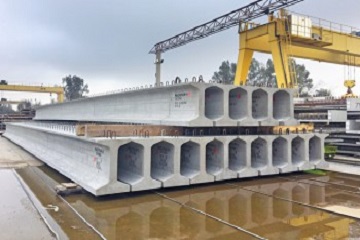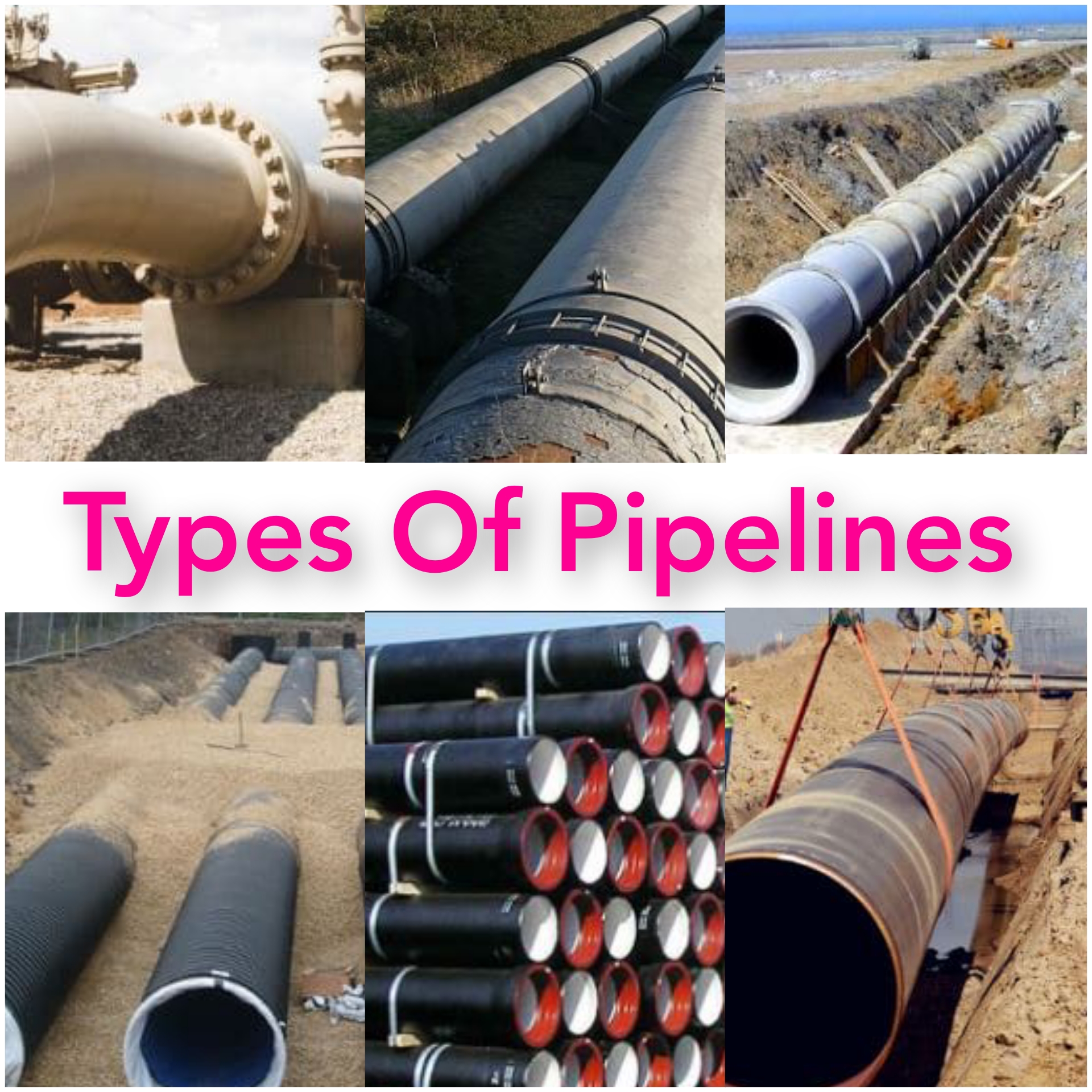What Are Obligatory Points in Highway Alignment
In this blog article, we will discuss about obligatory points in highway alignment. Let’s begin! Introduction Obligatory points in highway alignment are critical control points that dictate the route a highway must follow or avoid to ensure functionality, safety, and compliance with various constraints. These points serve as guiding markers during the design process, determining … Read more







